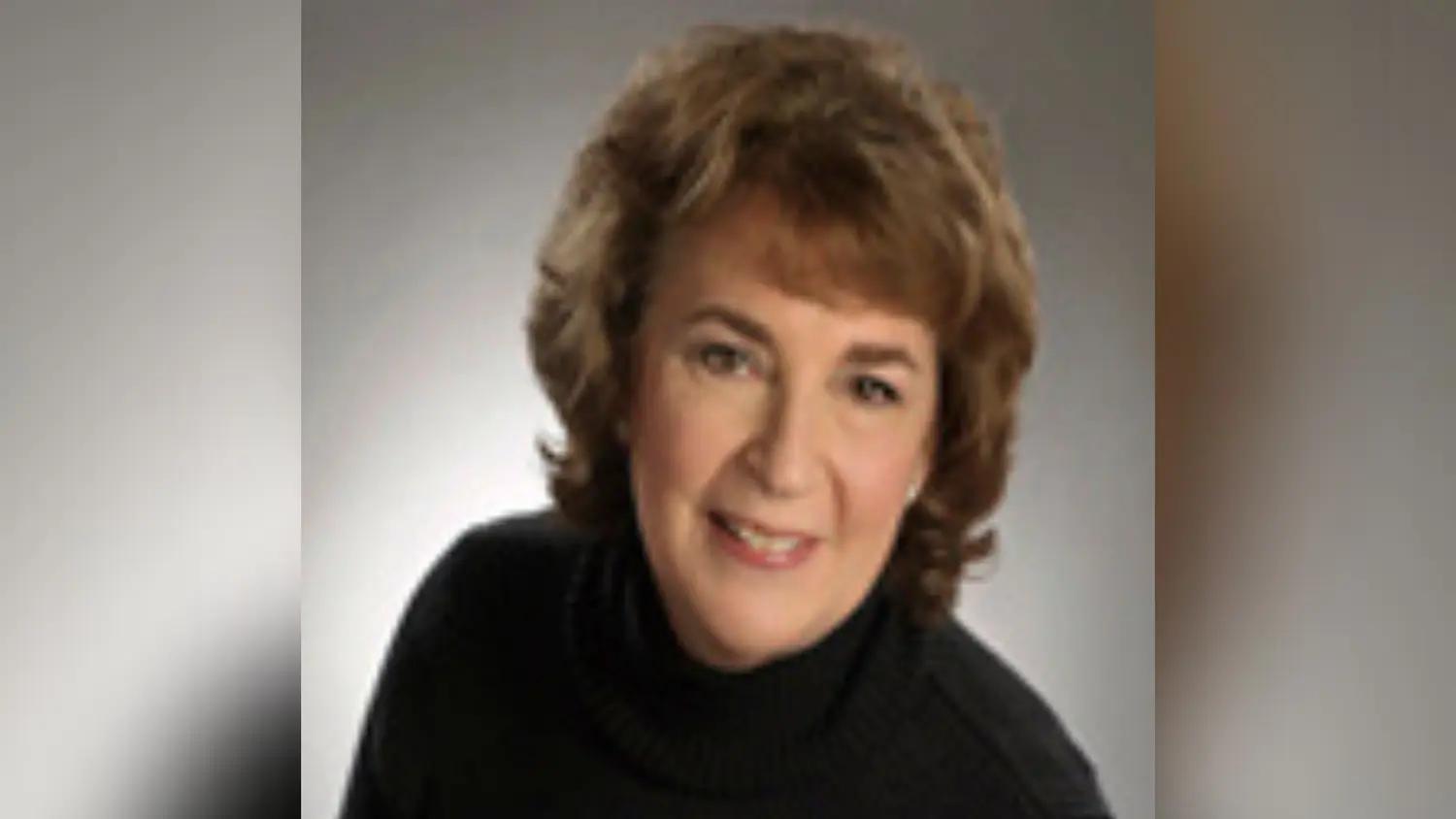Kudos and Hurdles for Industry, FDA in Tackling Rare Diseases
Taking stock as the Orphan Drug Act hits its 40-year anniversary.
Jill Wechsler

As patients and the public health community mark the 40th anniversary of the Orphan Drug Act of 1983, biopharmaceutical companies and FDA officials are acknowledging continued challenges in testing, approving, and producing new treatments for critical conditions affecting small patient populations. The program has led to market approval of more than 600 therapies to treat serious diseases affecting less than 200,000 patients in the US, investment spurred by grants and tax credits to help fund very small clinical trials, exemptions from hefty user fees, plus seven years added of marketing exclusivity for approved orphans and more incentives for developing rare disease treatments for children.
FDA notes that orphan therapies accounted for more than half of novel new drugs approved in 2022 and that the agency already has approved two notable rare disease drugs this year. At the same time, clinical development and approval of these treatments is often difficult, as trial results may be unclear, and the high cost of research and manufacturing can limit industry investment. Tension continues between funding the development of these needed therapies and ensuring their affordability for government health programs as well as individuals, particularly with the development of more gene therapies to treat “ultra-rare” diseases and “bespoke” conditions.
Although FDA marked Rare Disease Day in February by approving an important new rare disease drug, the lengthy path to market for Reata Pharmaceuticals’ Skyclarys to treat the neurological disorder Friedreich’s ataxia illustrates both the promises and the challenges in this field. The drug gained approval only after years of development because its initial pivotal clinical trial did not convince FDA of its effectiveness in slowing disease progression. Approval finally came when the agency determined that Reata’s three-year open-label extension, or natural history, study of patients demonstrated notable gains for those taking the drug vs. placebo. Reata has set the list price for Skyclarys at $370,000 a year, which will be watched closely for its impact on coverage, costs, and patient pushback.
More pilots and programs
Meanwhile, FDA is moving on several fronts to provide additional assistance to sponsors in designing studies and obtaining needed data to bring rare disease drugs to patients. An initiative from the Center for Biologics Evaluation and Research (CBER) aims to provide increased interactions with agency experts for firms developing promising rare disease gene therapies, an approach that proved highly effective in accelerating the development of critical vaccines during the pandemic. The pilot will aim to answer questions quickly in order to speed the development and approval of orphan breakthrough therapies or regenerative medicine advanced therapies.
Similarly, the Center for Drug Evaluation and Research (CDER) reports advances in its Accelerating Rare Disease Cures (ARC) program—sort of an “Operation Warp Speed” for orphan drugs that coordinates CDER offices in collaborating with industry and patient groups to facilitate product development. CDER notes that ARC has formed several consortia to advance drugs for specific rare disorders, and the initiative may support development of new biomarkers and outcomes measures for clinical trials as well as natural history studies to serve as external controls for developing treatments for less well-known conditions.
Both CDER and CBER are involved in the Rare Disease Endpoint Advancement Pilot Program, another initiative offering more assistance in developing efficacy endpoints for orphan therapies. Supported by recently reauthorized user fees for drugs and biologics, the pilot will fund a handful of sponsors that have initiated rare disease development programs involving novel efficacy endpoints or natural history studies utilizing a proposed endpoint.
Recent legislation has established an initiative to accelerate the development of more effective drugs for amyotrophic lateral sclerosis (ALS) through an FDA Rare Neurodegenerative Disease grants program. It aims to cover R&D costs of new therapies for ALS and a range of rare CNS diseases in adults and children.
Exclusivity battle
Efforts to advance rare disease treatments, however, may be stymied by the ongoing legal battle that has raised challenges to FDA policies governing the scope of orphan drug exclusivity policy. FDA has opposed a recent federal court decision, Catalyst v. Becerra, that granted an orphan drug producer broader exclusivity for treating all aspects of its target condition and not just the specific uses or indications cited in its application. FDA has insisted that it will continue to tie orphan drug exclusivity only to approved uses or indications.

FDA Grants Priority Review to Regeneron’s Eylea for Macular Edema Following Retinal Vein Occlusion
April 18th 2025Regulatory action was based on data from the Phase III QUASAR trial, which demonstrated that Eylea HD dosed every eight weeks achieved non-inferior visual acuity outcomes compared to Eylea in patients with macular edema following retinal vein occlusion.
Navigating Distrust: Pharma in the Age of Social Media
February 18th 2025Ian Baer, Founder and CEO of Sooth, discusses how the growing distrust in social media will impact industry marketing strategies and the relationships between pharmaceutical companies and the patients they aim to serve. He also explains dark social, how to combat misinformation, closing the trust gap, and more.